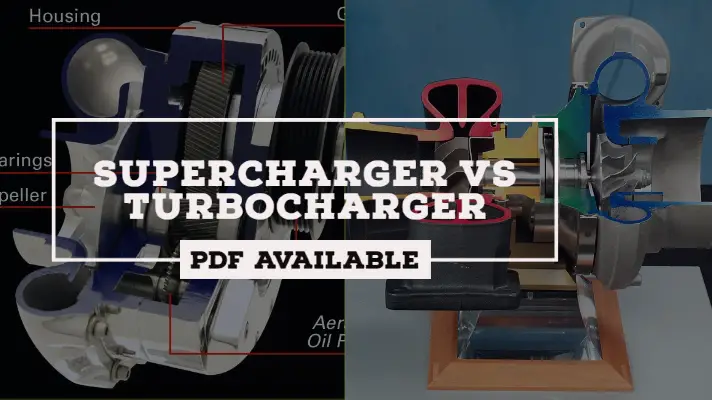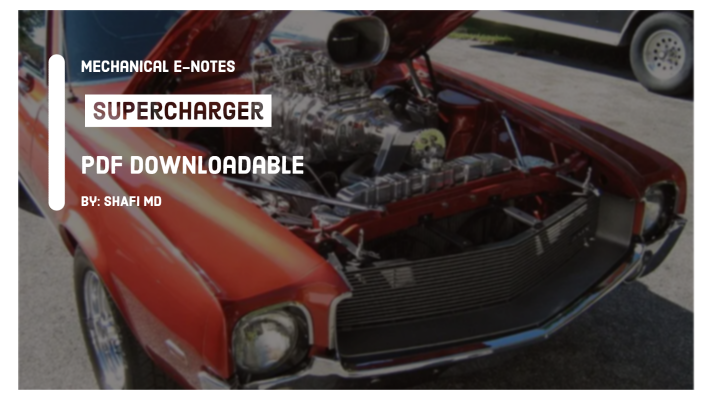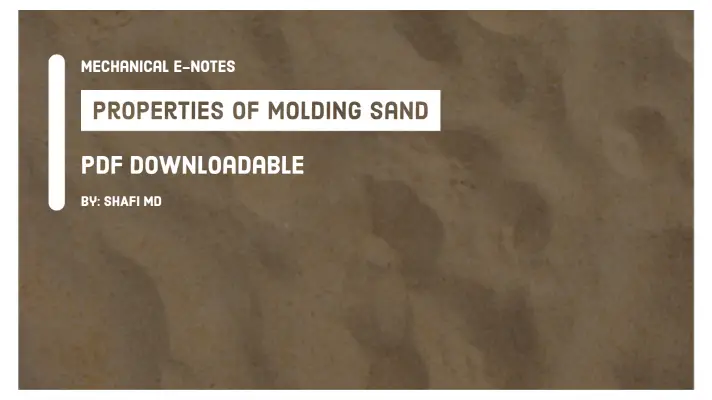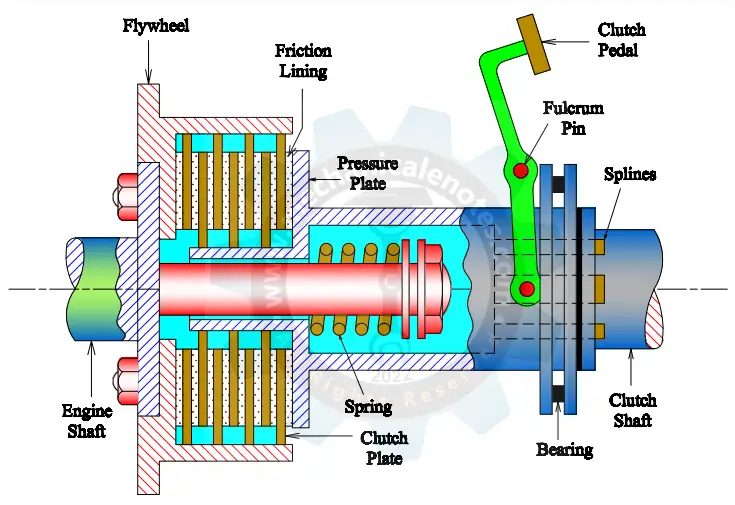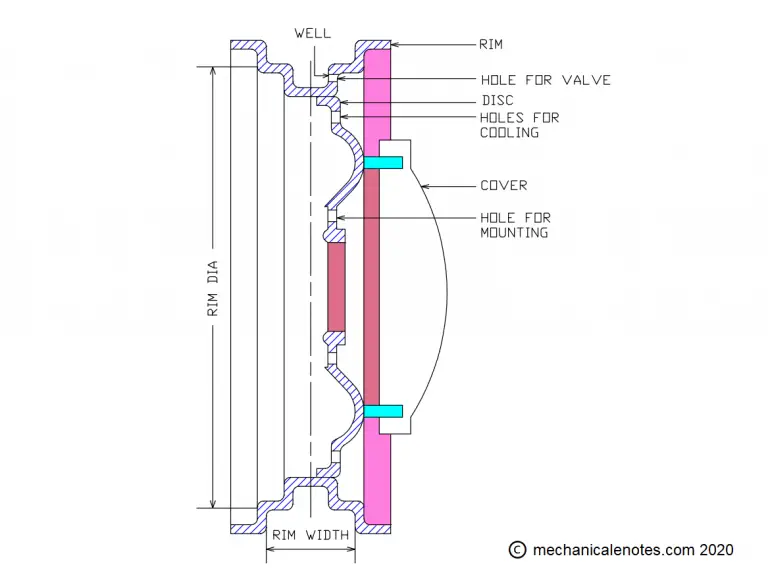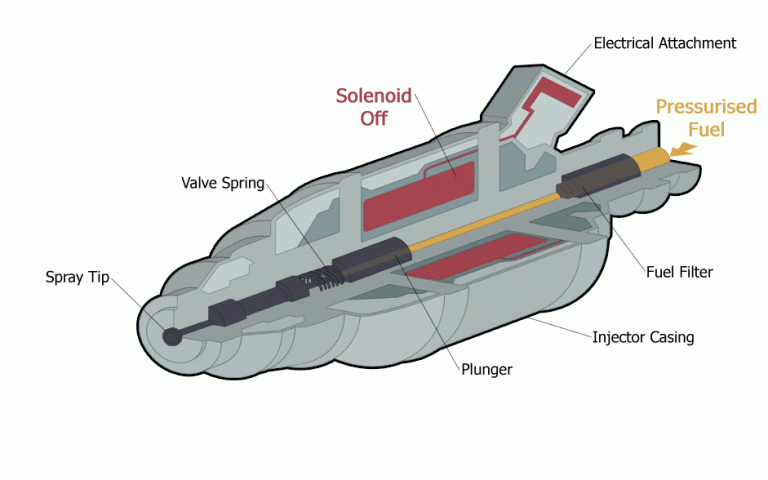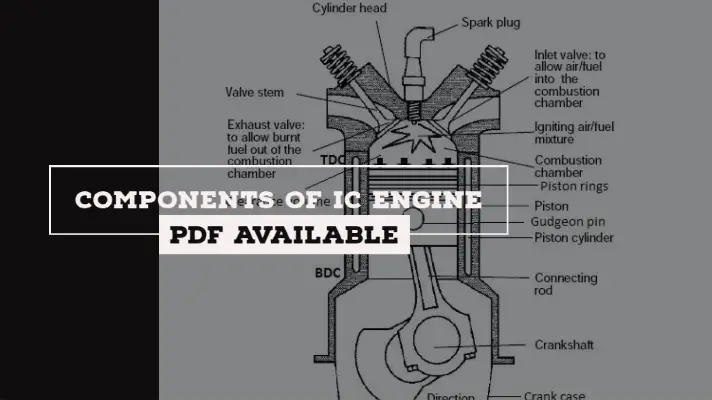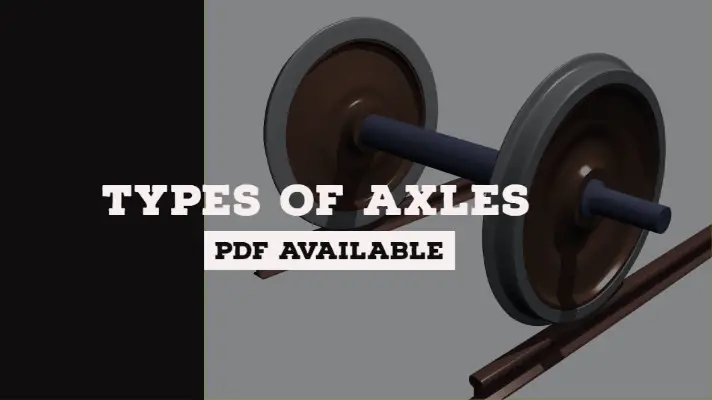Types of Chassis in Automobile [PDF]
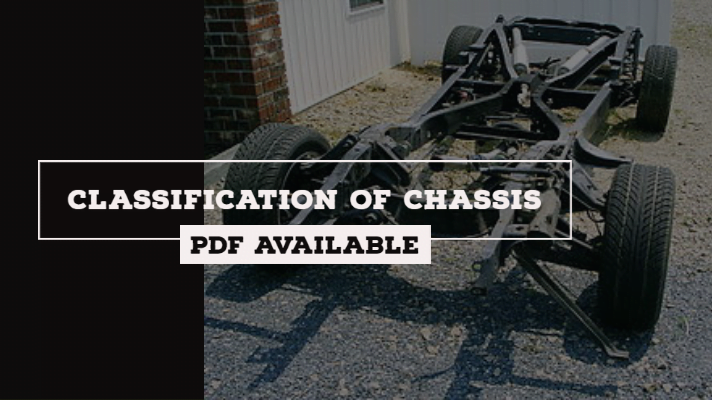
In the last article, we had discussed Classification of IC Engines and Components of IC Engines whereas, in Today's session, we will discuss on Types of Chassis in Automobile based on fitting of the engine, No. of wheels fitted in the vehicle, No. of driving wheels and also on the type of drive (Front Wheel Drive, Rear Wheel Drive, and All-wheel Drive), etc. in a detailed way.
Let's dive into the Topic.
Classification or Types of Chassis:
The classification of chassis is based on:
- According to the fitting of the engine
- According to No. of wheels fitted & No. of driving wheels
- According to the Drive
The explanation for types of chassis is as follows:
1. According to the fitting of engine:
- Full Forward
- Semi Forward
- Bus Chassis
- Engine at back
- Engine at the centre
Full Forward:
- Location of Engine: Outside the driver cabin
- For Example Cars, Mahindra Jeeps, etc.
Semi Forward:
- For example TATA SE Series of Vehicles
Bus Chassis:
- Location of Engine: Totally in the driver's cabin
- For example Buses, Trucks, etc.
Engine at back:
- Location of Engine: At the back portion of chassis
- For example Leyland Buses (Volvo Bus)
Engine at centre:
- Location of Engine: Center of the chassis
- For example, Top Speed cars like Porsche, Renault Alpine, etc.
2. According to No. of wheels fitted & No. of driving wheels:
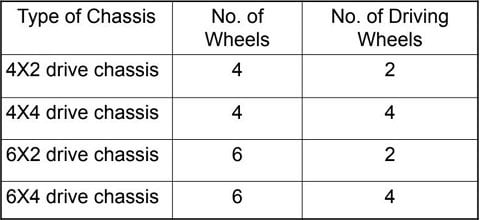
3. According to Drive:
- Rear Wheel Drive
- Front Wheel Drive
- All Wheel Drive
- Left hand Drive
- Right hand Drive
Lets discuss more on Rear Wheel Drive and Front Wheel Drive.
Rear Wheel Drive (RWD):
Engine Power is transmitted to the rear wheels via the gear box, propeller shaft, differential and axles whereas the Front wheels are used for providing the direction for the motion of the vehicle.
Traditionally, Vehicles are of Rear wheel drive only and now it is moving towards Front Wheel Drive.
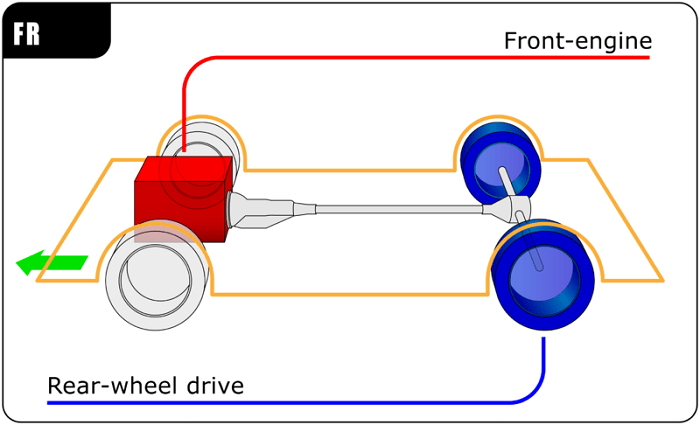
Advantages of Rear Wheel Drive:
- Mileage: In general, Rear-Wheel drive vehicle gets less mileage than FWD.
- Complexity: It is less complex than FWD
- Ruggedness:Much higher than FWD.
- Handling:RWD is better because the front wheels are just to turn the vehicle whereas the power will be given only to the Rear wheels
- Vehicles:Toyota Fortuner, Toyota Innova, Mahindra Scorpio, Mahindra XUV 500, Mahindra Xylo, Mahindra Quanto, Mahindra Bolero.
Front wheel drive (FWD):

Engine Power is transmitted to the front axle near the engine.
It means the front wheels are being powered by the engine, and the rear wheels just follow the front wheels.
Propeller shaft is eliminated and the linkage for clutch and transmission is simplified. This permits a low chassis height.
Better road adhesion is obtained in the case of Front-wheel drive where a large part of the weight of the automobile is taken on the driving wheels.
Engine pulls the car rather than pushing.
Vehicles: Alto,I 20, Baleno, Celerio, Brezza etc.
Advantages of Front Wheel Drive:
- The engine and transmission are located directly above the front wheels, which can provide better traction when climbing hills and driving on slippery roads
- Mileage: Front-wheel drive has less components than any other drive and it makes the vehicle lighter and thus increase in mileage
- Complexity: It (Entire setup of Transmission) is more complex than RWD.
- Ruggedness:less than RWD.
It is a simpler system and tends to be less expensive to buy and maintain.
Disadvantages of Front Wheel Drive:
- Front-wheel drive cars tend to understeer because all the weight of the transmission system is located in the front of the vehicle.
- The front-wheel-drive can make handling more difficult because all the weight is up front on the front wheels.
Characteristics of Good Chassis:
The characteristic of good chassis are:
- high Strength
- Durability
- Easy of Control
- Economy of Operation
- Stability
- Simplicity of Lubrication
- Fast Pickup and Safety
This is the detailed explanation of Classification of Chassis. If you have any doubts, feel free to ask from the comments section.
More Resources:
Ignition System-Battery, Electronic and Magneto
Supercharger VS Turbocharger
References [External Links]
Media Credits:
- Image 1: By Moebiusuibeom-en - Own work, CC BY-SA 3.0, https://commons.wikimedia.org/w/index.php?curid=9684227
- Image 2: By Moebiusuibeom-en - Own work, CC BY-SA 3.0, https://commons.wikimedia.org/w/index.php?curid=9684312


